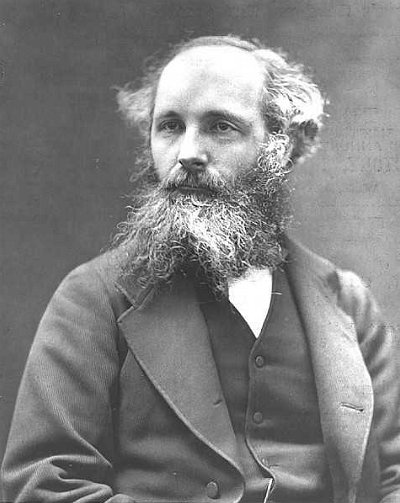Techniques and technologies for human night vision
Human's sight is best in the day, but seeing at night opens a whole new world. This quiz covers practices and technologies that facilitate human sight at night. Average, 10 Qns, wjames,
Jul 21 25
 Here are a few questions that cover the entire spectrum... the electromagnetic spectrum, that is. Sorry, I don't mean to make 'light' of this serious topic. Enjoy!
Here are a few questions that cover the entire spectrum... the electromagnetic spectrum, that is. Sorry, I don't mean to make 'light' of this serious topic. Enjoy! |
|
|
|
 = Top 5% Rated Quiz,
= Top 5% Rated Quiz,
 Top 10% Rated Quiz,
Top 10% Rated Quiz,
 Top 20% Rated Quiz,
Top 20% Rated Quiz,
 A Well Rated Quiz
A Well Rated Quiz
· All questions, answers, and quiz content on this website is copyright FunTrivia, Inc and may not be reproduced without permission. Any images from TV shows and movies are copyright their studios, and are being used under "fair use" for commentary and education.